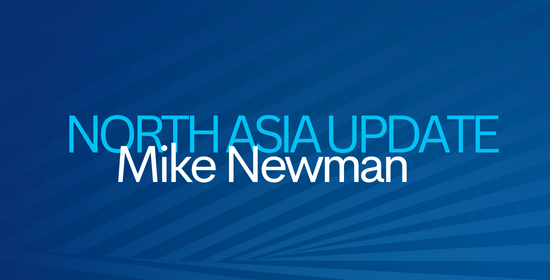New Japanese Prime Minister
Japan has effectively been a one-party state since the founding of the Liberal Democratic Party in 1955.
There are 5 candidates running to replace PM Shigeru Ishiba. The Oct. 4 vote is not open to the general public. It is limited to 295 LDP parliamentarians and nearly 1 million fee paying grassroots party members. Effectively, if the first round of grassroots members fail to elect a candidate with a majority, the LDP parliamentarians cast a secondary vote which ends up deciding who wins. The following are running:
- Shinjiro Koizumi (44): He is the son of a popular former prime minister, Junichiro Koizumi, and makes his second bid. As agriculture minister for Ishiba, Koizumi released an emergency rice stockpile to lower prices and stabilize supply. Koizumi vowed to rebuild his party and listen to the people’s voices more closely to address their concerns, such as rising prices, growing foreign population and public safety.
- Sanae Takaichi (64): She is a protege of slain prime minister Shinzo Abe, Takaichi lost to Ishiba last year in the runoff. A wartime history revisionist and China hawk, Also a regular visitor to the Yasukuni Shrine. She backs a strong military and opposes a female emperor. She is working closely with former Japanese Ambassador to Australia, Shingo Yamagami. She would be the first female prime minister if she wins.
- Yoshimasa Hayashi (64) : Chief Cabinet secretary of the Ishiba government, Hayashi is a moderate who has served in a number of other key Cabinet posts, including foreign affairs, defence and education.
- Toshimitsu Motegi (69): A Harvard graduate who has served in key posts including foreign and trade ministers and is a strong backer of the Japan-U.S. alliance and sees a strong relationship with Trump as essential.
- Takayuki Kobayashi, (50): An ultra-conservative who might split votes with Takaichi. He has been nicknamed Koba-Hawk, and wants to raise defence spending above 2%.
Thematics
I had lunch with the Japanese Consul General when in Sydney who is looking to ensure Japanese property companies become exempt from the stamp duty surcharge which has plagued their housebuilders for some time.
The Japanese are very pleased to win the Mogami frigates and are keen to learn which businesses are best placed to do domestic manufacturing for those ships being domestically built after the first deliveries.
Korean Protests
Korean politics remains in turmoil. Last week a large rally was held in Daegu in support of impeached President Yoon.
We are still waiting the policy outcomes from important ministries to get the direction of where Korea intends to devote its energy efforts. Suffice to say, bringing the closure of coal fired power 10 years forward (or in other words, introducing ammonia co-firing at 100% 10 years early) gives an indication of what to expect.
Of particular interest is the high possibility of KEPCO consolidating all of its 100% owned generation subsidiaries back into the holding company which would make decisions around hydrogen/ammonia investment far less complicated than it has been to date. This could well tip the apple cart on projects in WA for blue ammonia if ownership/leadership falls to the parent. Watch this space.







